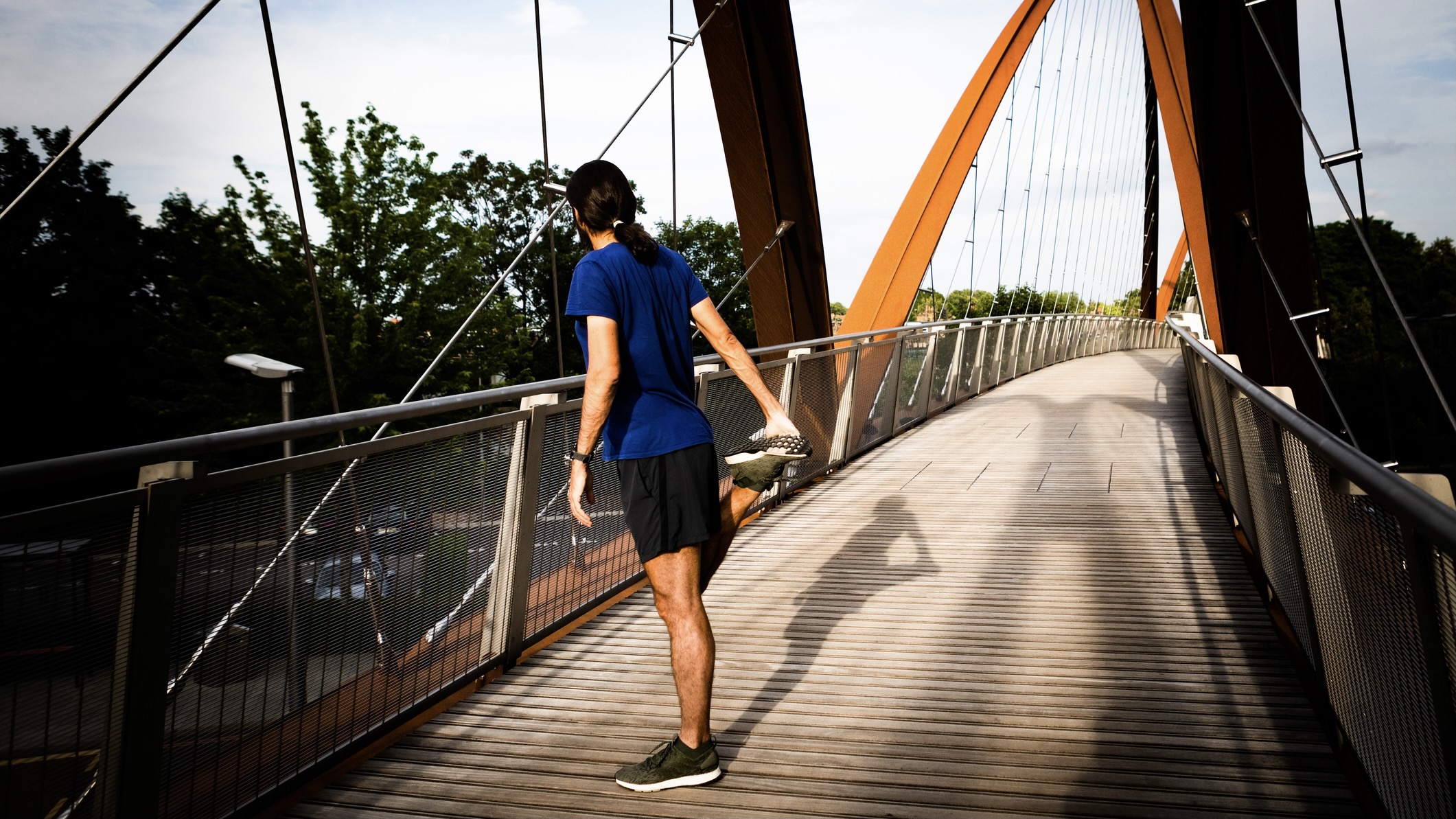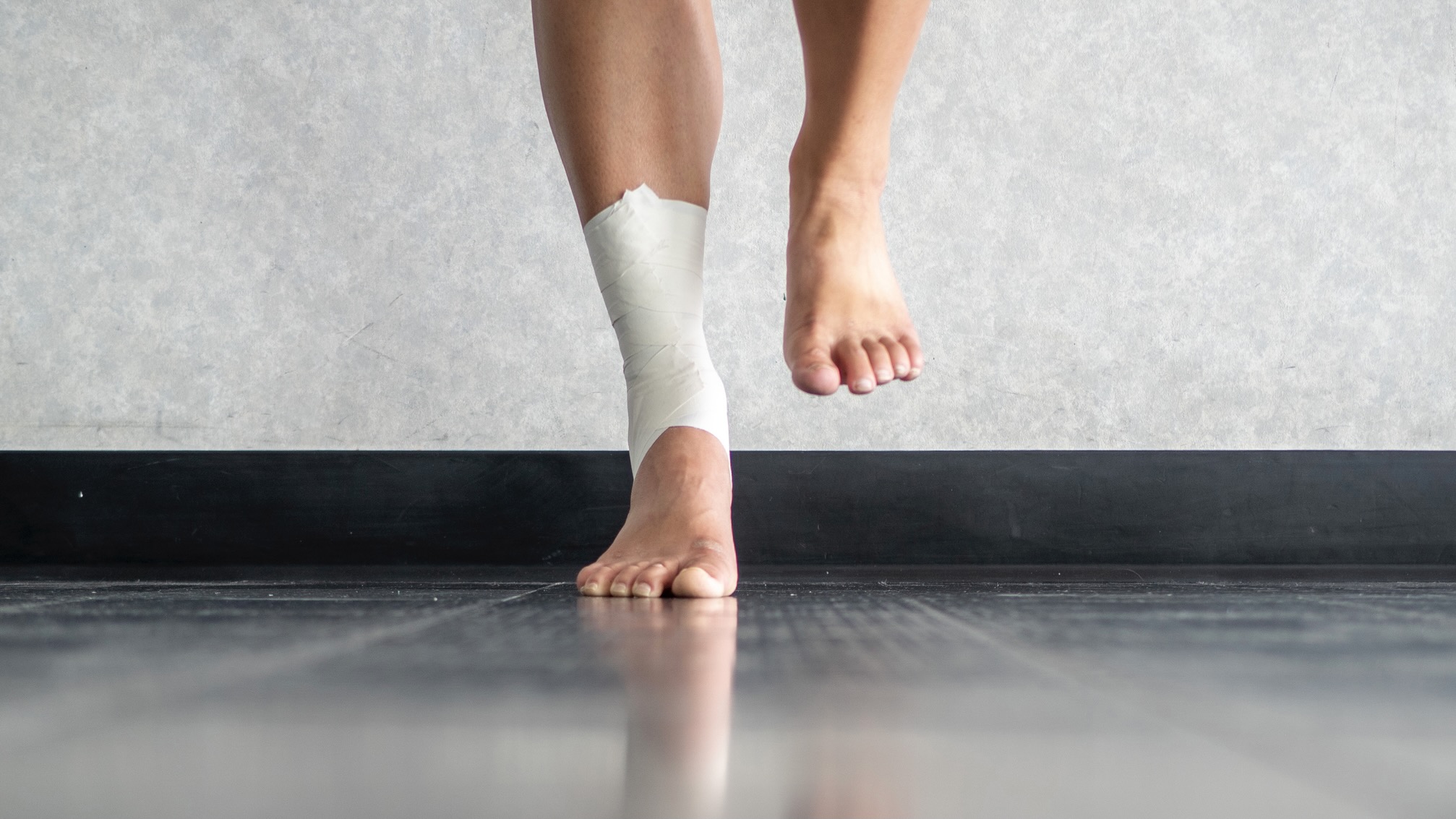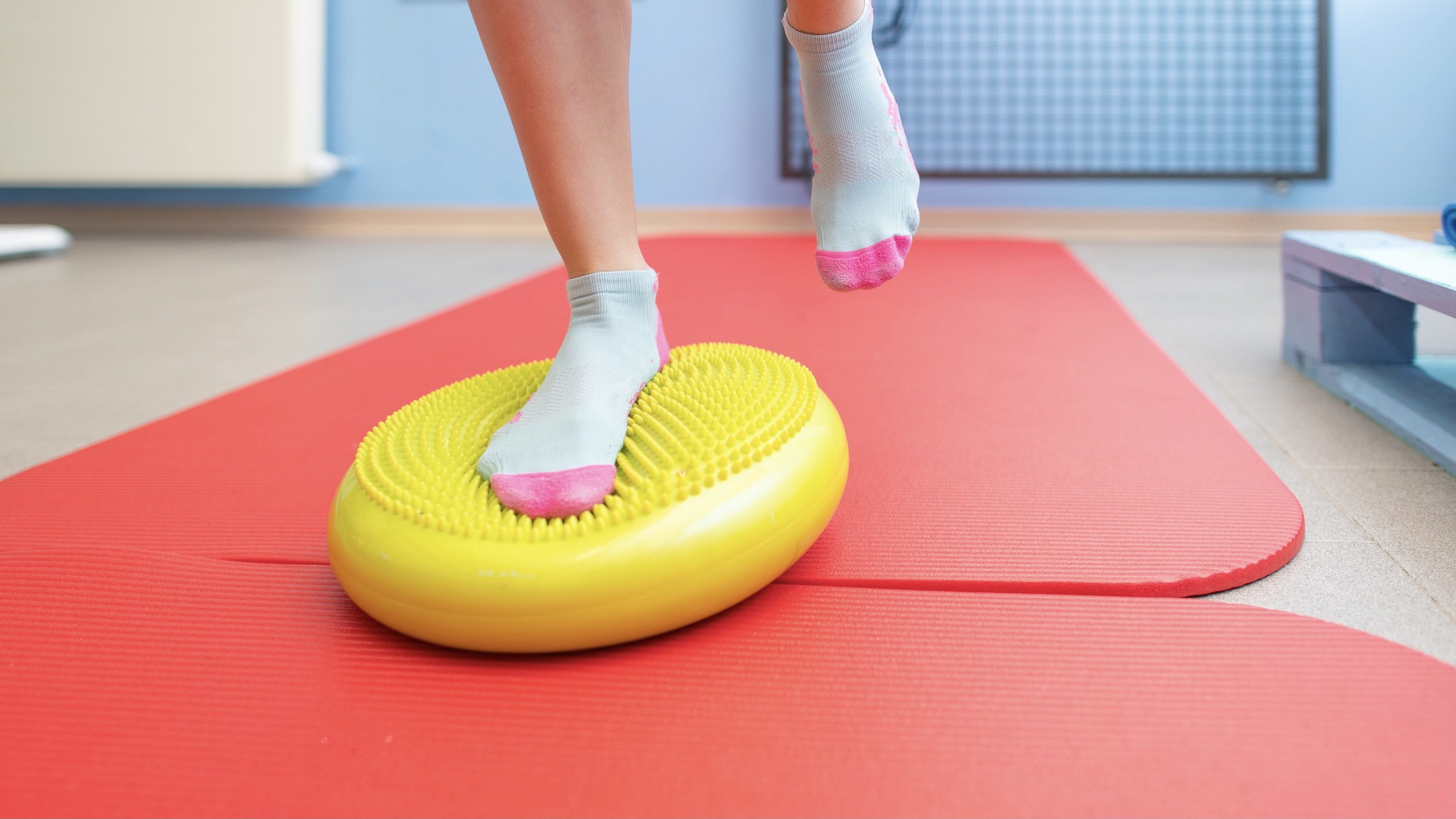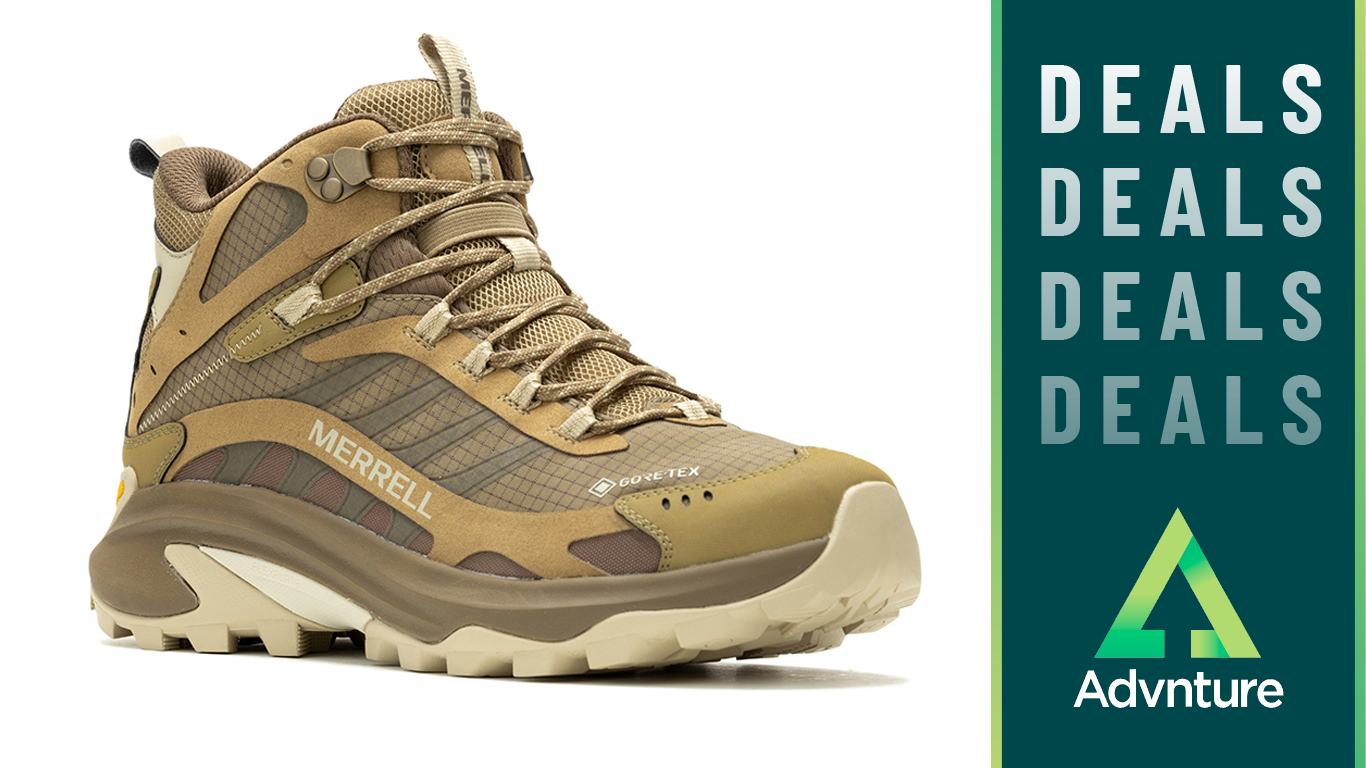What is proprioception? And why is it important for runners?
Learn how to improve proprioception for easier, safer and happier trail running

Proprioception, also known as kinesthesia, is the body’s ability to sense movement, action and location. Proprioception basically tells you where you are in space but without you being consciously aware of these messages.
Proprioception comes about because of the sensory receptors in the nervous system and body. Most of the receptors are located in muscles, joints and tendons – and when you move, the receptors send messages to your brain about your body position, and the actions you will do or take next.
Without you even knowing it, your brain processes the sensory messages and works with your vision, as well as your nervous and vestibular system to give you the perception of where your body is – and how you’re moving.
Put simply, without proprioception, you wouldn’t be able to move automatically. Proprioception is what allows you to take a step without consciously thinking about. It is also what allows you to touch your elbow, or nose or the back of your knee with your eyes closed.

Why is proprioception important for runners?
Good proprioception is important for runners and especially trail runners. With good proprioception comes an improved responsiveness and greater awareness on uneven surfaces.
The better your proprioception, the less likely you are to suffer injuries such as ankle sprains and knee twists. This is also true when trying to recover from an injury.
When it comes to running, or fast movements, the better your proprioception, the better your balance will be and the easier it will be to take running steps. For trail runners, the better your proprioception the easier it is to run efficiently and safely on surfaces such as stoney tracks, mud, gravel and sand.
Advnture Newsletter
All the latest inspiration, tips and guides to help you plan your next Advnture!
How good is your proprioception?
To see how good your proprioceptive senses are, try this exercise: stand up, balance on one foot and close your eyes. Can you balance easily or do you need to put your foot down or reach out for a wall to balance you? This will tell you how good your proprioception is.

How to improve proprioception for runners
Balancing exercises are a big part of improving your proprioception. Start by trying to balance on one foot with your running shoes on and eyes open. The progression is to balance but with your eyes shut.
When you can balance easily for more than a minute, you can try the exercise with your shoes off.
Build up from eyes open, to eyes shut. Make sure you do all of this on both legs.
You could try practising the balancing while brushing your teeth morning and evening or while boiling a kettle. It’s great to make a habit of these exercises.
The next progression is to be able to balance on a Biomechanical Ankle Platform System board, also called a BAPS board or balance trainer. The aim is to be able to balance on one leg and close your eyes. This will improve both proprioception and your leg muscles' strength.
Another great way to improve proprioception is to include this exercise into your strength and conditioning session as part of your programme for improving your running.
Balance on one foot with your knee slightly bent. Hold a light weight, a football or a large bottle filled with water (depending on your experience at the exercise) and then move this object in four directions: over each shoulder, down to the opposite foot and then side to side.
Many yoga postures help to improve proprioception, especially if you try them when closing your eyes.
For runners, especially trail runners, good proprioception is an important part of being able to run efficiently, responsively and with less potential for injury.

Fiona Russell is a widely published adventure journalist and blogger, better known as Fiona Outdoors. She is based in Scotland and is an all-round outdoors enthusiast with favorite activities including trail running, mountain walking, mountain biking, road cycling, triathlon and skiing (both downhill and backcountry). Aside from her own adventures, Fiona's biggest aim is to inspire others to enjoy getting outside and exploring, especially through her writing. She is also rarely seen without a running skort! Find out more at Fiona Outdoors.
